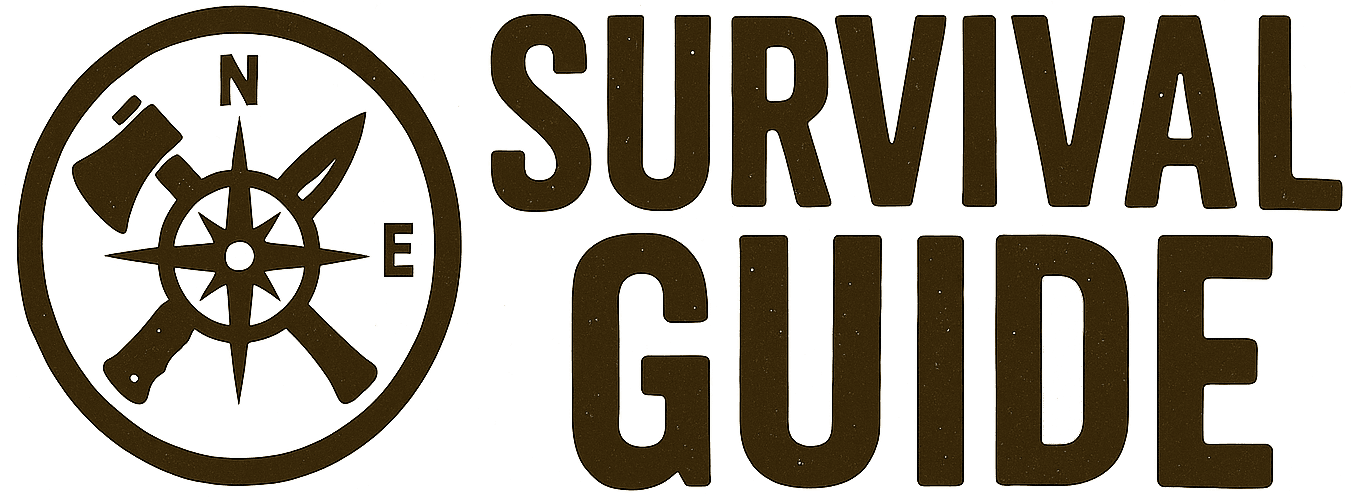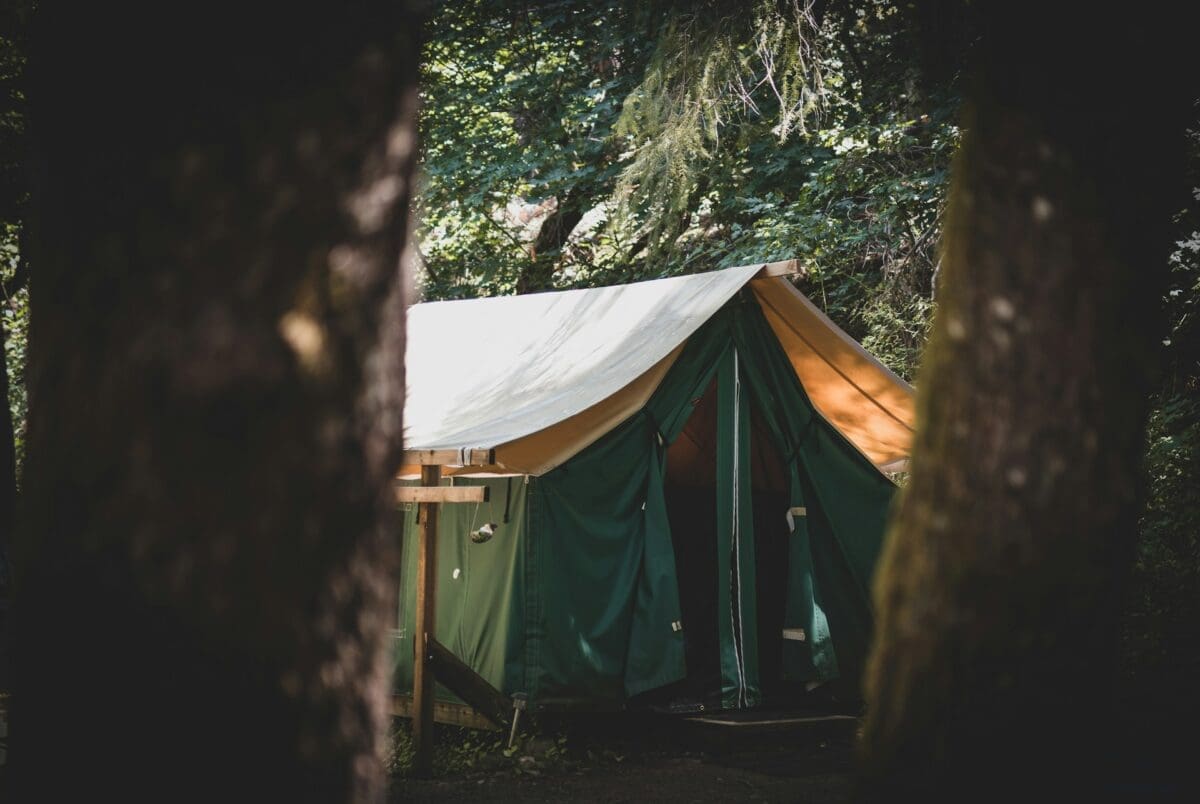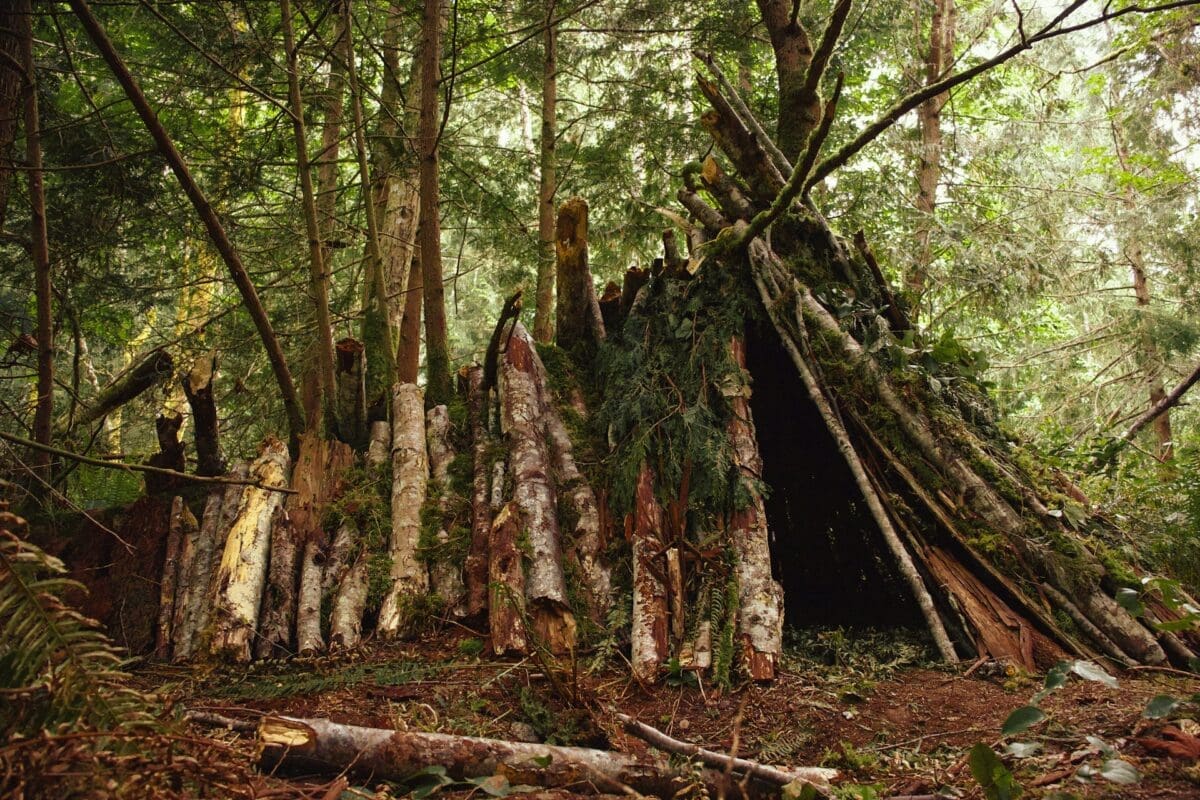Survival isn’t just about gear, stockpiles, or bug-out plans. Most people die not from lack of supplies but from being in the wrong place, at the wrong time, and not seeing the danger coming. Your best defence? Avoiding threats before they strike and having a plan when they do.
In this guide, I’ll break down the personal safety principles every prepper needs to make it through when the rules no longer apply.
Rule One: Situational Awareness Is Your Lifeline
The most powerful weapon you have isn’t a knife or a rifle — it’s your eyes and instincts.
- Always scan your environment — exits, blind spots, people’s hands and eyes.
- Trust your gut. If something feels wrong, it probably is.
- Avoid distractions — head on a swivel, phone in your pocket, not your face.
Rule Two: Avoidance Beats Confrontation
A fight avoided is a life saved.
- Stick to well-lit, populated routes whenever possible.
- Don’t flash gear, cash, or confidence that draws attention.
- Blend in — a “grey man” is less likely to be a target.
- Don’t argue, posture, or escalate — escape is the victory.
Rule Three: Have an Escape Plan
Always have an exit, even in familiar places.
- When you enter a building, identify two exits immediately.
- When you travel, carry a compact escape kit (torch, multi-tool, cash, whistle).
- Know alternate routes home — roads will jam fast in a crisis.
Rule Four: Defensive Tools and Training
Gear only works if you know how to use it.
- Carry legal, effective tools — pepper spray, a tactical torch, or a small folding knife (where allowed).
- Practise self-defence basics — break free from grabs, quick strikes, and escapes.
- Take a short awareness and de-escalation course — these skills save lives more often than martial arts moves.
Rule Five: Trust, but Verify
In a collapse, trust evaporates.
- Vet anyone who approaches, even “friendly” strangers.
- Keep conversations short, gear out of sight, and never give away your location or supplies.
- Work with trusted allies, not desperate strangers.
Quick Checklist: Personal Safety Essentials
- Develop constant situational awareness habits.
- Learn to blend in and avoid attention.
- Keep a small escape kit with you (torch, whistle, cash, multi-tool).
- Train in basic self-defence and de-escalation.
- Always have two exit plans wherever you are.
- Keep gear discreet — avoid being seen as a target.
The Gideon Principle
Survival isn’t about paranoia — it’s about preparation.
Stay calm, stay observant, and keep moving. Most disasters aren’t cinematic gunfights; they’re a split-second decision to walk the other way, take a side exit, or avoid a brewing crowd. Those seconds save lives.










